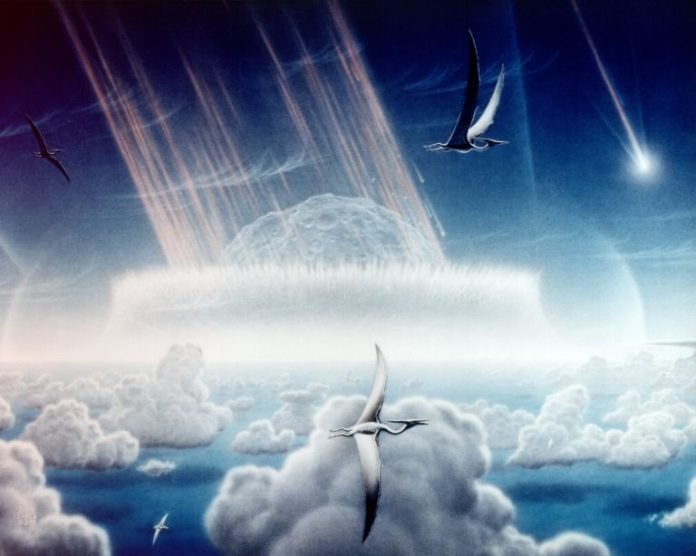
According to a study published in Scientific Reports, the building blocks for life might have been formed around 4.4 billion years ago through chemical reactions triggered by iron-rich particles from meteors or volcanic eruptions on Earth.
Past research has hinted that these building blocks – hydrocarbons, aldehydes, and alcohols – might have come from asteroids and comets or produced by reactions in Earth’s early atmosphere and oceans.
These reactions could have been powered by energy from lightning, volcanoes, or meteor impacts.
But the exact method that led to the creation of these building blocks remains a mystery because of a lack of data.
A team led by Oliver Trapp studied if particles from meteorites or volcanic ash, which settled on volcanic islands, could have helped convert carbon dioxide in the atmosphere into these building blocks.
They recreated possible conditions of the early Earth in a heated and pressurized environment (called an autoclave).
They varied the pressure and temperature and added either hydrogen gas or water to simulate different climate conditions.
To mimic the landing of meteorite or volcanic ash on volcanic islands, they added crushed samples of iron meteorites, stony meteorites, or volcanic ash, along with minerals that might have been present in the early Earth and are found in the Earth’s crust, meteorites, or asteroids.
What they found was interesting.
The iron-rich particles from meteorites and volcanic ash helped convert carbon dioxide into hydrocarbons, aldehydes, and alcohols in a variety of early Earth conditions.
They saw that aldehydes and alcohols formed at lower temperatures, while hydrocarbons formed at 300 degrees Celsius.
As the early Earth’s atmosphere gradually cooled down, the production of alcohols and aldehydes might have increased.
These substances could have reacted further to create things like carbohydrates, lipids, sugars, amino acids, DNA, and RNA.
By calculating the speed of the reactions they saw and using data from past research, the team estimated that their proposed method could have made up to 600,000 tons of these building blocks per year across the early Earth.
The team suggests that their discovered method may have played a part in the origin of life on Earth, along with other reactions happening in Earth’s early atmosphere and oceans.



